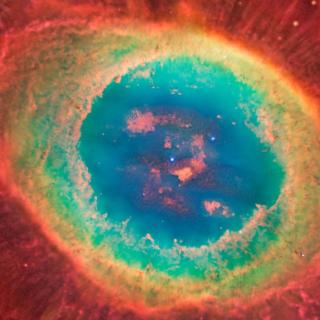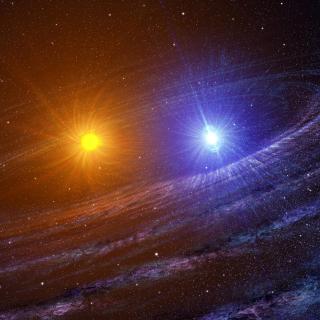
It is well known that fullerenes – big, complex, and highly resistant carbon molecules with potential applications in nanotechnology – are mostly seen in planetary nebulae (PNe); old dying stars with progenitor masses similar to our Sun. Fullerenes, like C60 and C70, have been detected in PNe whose infrared (IR) spectra are dominated by broad unidentified IR (UIR) plateau emissions. The identification of the chemical species (structure and composition) responsible for such UIR emission widely present in the Universe is a mystery in astrochemistry; although they are believed to be carbon-rich
Advertised on



